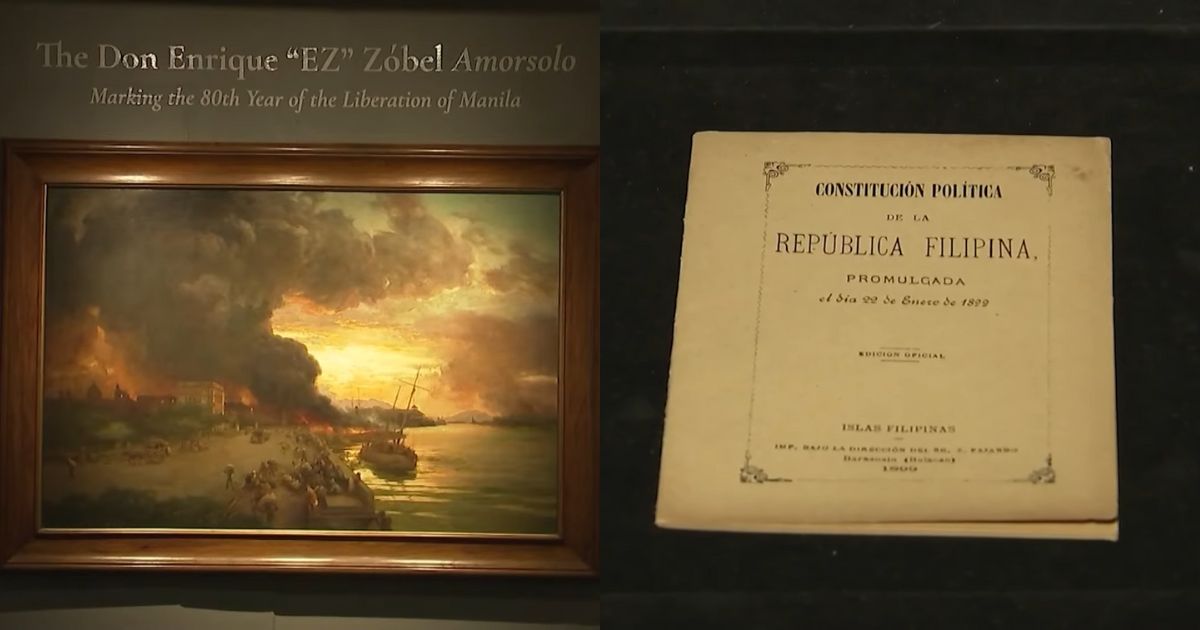
Upgrade to High-Speed Internet for only ₱1499/month!
Enjoy up to 100 Mbps fiber broadband, perfect for browsing, streaming, and gaming.
Visit Suniway.ph to learn
Muslims prepare before the start of the Eid al-Fitr prayers, marking the end of the holy month of Ramadan at Quirino Grandstand in Manila on March 31, 2025.
AFP / Jam Sta Rosa
MANILA, Philippines — Muslims around the world celebrate two major holidays in Islam, Eid-al Fitr and Eid-al Adha, with the former marking the end of Ramadan.
During the holy month of Ramadan, Muslims fast from dawn to dusk and devote their time to worship and charity, then communities come together to break their fast.
In fact in English, the Arabic term Eid-al Fitr translates to "Festival of Breaking the Fast."
Muslims observe a lunar calendar and Eid-al Fitr is celebrated during the first three days of Shawwal, the tenth of the Muslim calendar.
As such, Ramadan and Eid-al Fitr can fall on different days because of the lunar cycle, and times are different depending on where in the world an individual is.
At daybreak of the first day of Eid-al Fitr, Muslims perform a communal prayer after cleansing themselves and wearing new clothes, and celebrations continue for the next three days.
Some Muslims also hold feasts, give gifts, visit loved ones, and pay respects to their deceased.
Eid-al Fitr is also a time for Muslims to be help the less fortunate, in line with one of the five pillars of Islam zakat, a practice carried on from Ramadan.
The common greeting during Eid-al Fitr is "Eid Mubarak." In English it means "Blessed Eid," though "Happy Eid" is also accepted in some locations.
RELATED: Marcos' Eid'l Fitr message: Live with compassion beyond Ramadan

 2 months ago
20
2 months ago
20



